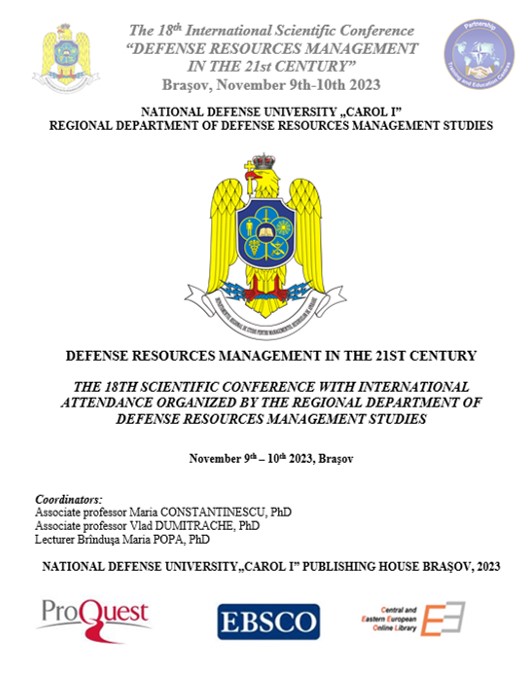DEVELOPING A NATO CAPABILITY – A CASE STUDY: JOINT LOGISTIC SUPPORT GROUP
DEVELOPING A NATO CAPABILITY – A CASE STUDY: JOINT LOGISTIC SUPPORT GROUP
Author(s): Ciprian GrigoreSubject(s): Security and defense, Military policy, Transport / Logistics
Published by: Regional Department of Defense Resources Management Studies
Keywords: Joint Logistic Support Group (JLSG); NATO Capability; NATO Logistic; Joint Support Element Command (JSEC); Standing Joint Logistic Support Group (SJLSG); Logistic support;
Summary/Abstract: Due to the consistent security environment deterioration, NATO has shifted its focus in capability development, focusing on Collective defence. Military forces that will participate in Collective defence, including the National defence forces, need to maintain a high level readiness posture now and in the future, both for domestic operations and for missions abroad. The build-up of the Joint Logistic Support Group (JLSG) command structure was defined as one of the most important projects. The main purpose for creating and utilizing the JLSG is to enable greater cooperation in logistics across NATO, optimize the logistic footprint for any given NATO operation, and reduce the overall expense of logistics to NATO and the contributing nations. The JLSG is an organization that supplements and eases the burden on national logistics, increases the overall unity of effort, and achieves greater economy of effort by optimizing the available forces and creating a single logistics command that can support the JTF commander. The most obvious advantage of this capability is the fact that the JLSG could be a single headquarters that can coordinate and synchronize all logistics functions throughout an entire Joint Operations Area (JOA). people
Journal: Defense Resources Management in the 21st Century
- Issue Year: 18/2023
- Issue No: 18
- Page Range: 125-133
- Page Count: 9
- Language: English

